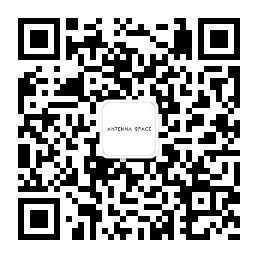Fall / 2022
To some extent, these personified figural elements of Fu’s paintings are “creatures that sprung from feelings” or, simply, “geisttiere (mind/spirit-animals).” They never wait in lines to be painted and seen; instead, they conceal themselves within a temporality that manifests no distinctions between the artist and the viewers, wandering like crepuscular shadows that just got separated from their owners. Of course, it is still possible to converse with them or even caress them-if you also happen to be doleful enough. When mingling with these geisttiere, Owen Fu employs varied linework as a vocabulary for chitchats. In his small-size paintings, a vase, or a teapot could become animated by charcoal lines and metamorphize into amicable or cunning avatars. These lines carry no intention to reify anything into concrete figures, yet it is within their “aimlessness” and “inaccuracies” that the transmutations of emotions take place: the painter casts the line with no particular aim, and his subjects willingly leap out of his memories and psyche to land onto the canvas. These “voluntary catches” are fragments of the artist’s genuine lived experience. Language is always inadequate:; the passing and accumulation of time blur certain experiences and reactions, but as the imprecisions manifest in the painting, they also create space for reinterpretations and evolve the artist’s initial feelings.
